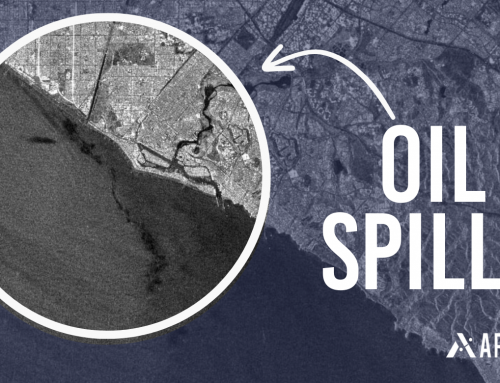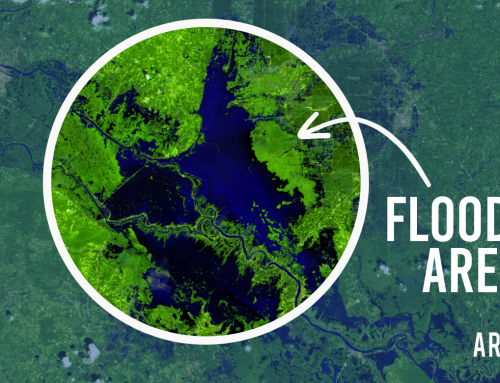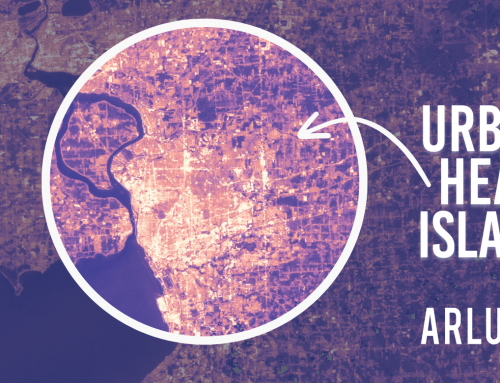Detecting Disease from Space
As Earth imagery collected from satellites in orbit becomes more widespread, new applications are emerging in the public health sector. Specifically, scientists are finding new ways to predict the outbreak, spread and impact of diseases from space. Thanks to new innovations in data science and remote sensing, we are able to measure the impacts of disease like never before.
The idea of monitoring diseases from space may seem far fetched, but it’s not when we learn that the many tell-tale markers of certain illnesses can be easily seen from orbit. Take malaria for instance, a disease that has killed millions of people for centuries and is still prevalent throughout much of the world. As a mosquito borne disease, it’s impossible to track the individual movements of insects using satellite data, however, modern NASA satellites are able to monitor the ideal ground weather conditions that enable mosquitoes to breed. By combining this information with human movement data, you can pinpoint “hotspots” and vectors for malaria transmission.
NASA, have been working in South America to refine this process for several years now. Additionally, similar methods could in theory be used to predict other mosquito borne diseases too, including dengue fever, West Nile river virus and many others.
Predicting disease outbreaks from space is great, but monitoring and managing the impact is just as important. By utilising Earth imagery, many firms have been able to show the impact of Covid-19 from orbit. Companies such as Maxar and SI Imaging are able to put their satellites to work in order to measure some of the social and economic impacts of Covid-19. Public gatherings, global production, and even the strain on health care systems around the world can be monitored from space.
With all of this new data coming from orbit, it begs the question, how can we better utilise it in order to save more lives? At the moment, people are working on the first generation of new disease monitoring applications, but this is just the tip of the iceberg. As algorithms become more sophisticated and the data becomes aggregated and easier to access, public health authorities will be able to more readily rely on this technology to help plan for and mitigate disease outbreaks in the future.




